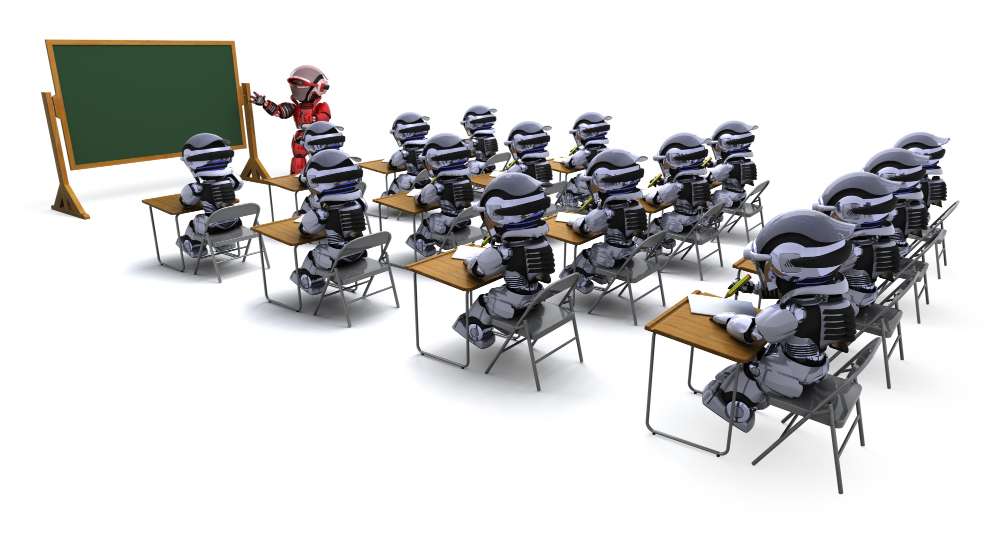Forget everything you thought you knew about rhubarb! This tart and tangy veggie (yes, veggie!) goes way beyond its starring role in grandma’s pie. Dive into a world of unexpected culinary delights – savory dishes bursting with rhubarb’s vibrant acidity, refreshing beverages with a delightful twist, and of course, delicious reinvented desserts. But rhubarb’s potential doesn’t stop there. Unleash its hidden health benefits – a good source of fiber and essential vitamins, and a potential aid in digestion and blood sugar management (research is ongoing!). Join the rhubarb revolution – explore its versatility, embrace its flavor, and discover the many ways this unique ingredient can enhance your meals and potentially boost your well-being!





